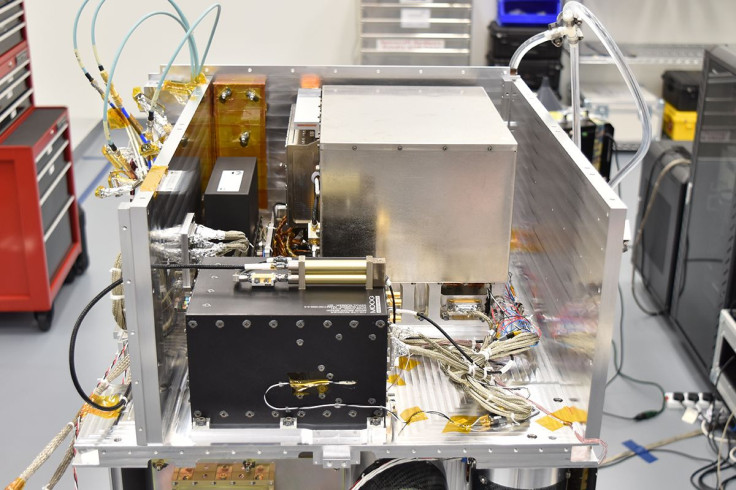NASA Activates Deep Space Atomic Clock For Navigation

Months after its deployment, NASA has successfully activated its Deep Space Atomic Clock. The agency intends to test the atomic clock for a year by navigating a spacecraft through space.
NASA launched the atomic clock on June 25 as one of the payloads aboard SpaceX’s Falcon Heavy Rocket. It was launched as part of the U.S. Air Force’s Space Test Program 2 mission.
Almost two months after its launch, NASA activated the atomic clock in preparation for a year-long demo in space. According to the space agency, the atomic clock, which is about as big as a toaster, will function like a cosmic GPS tool. Like other GPS devices, it measures the time it takes to get from point A to point B.
Prior to the launch of the atomic clock, spacecraft depended on Earth-based atomic clocks for navigation. However, due to the distance between the spacecraft and the location of the clock, the exchange of information can get delayed and even distorted.
NASA noted that when it comes to space exploration, minor delays and issues that affect navigation can have a huge impact on a mission. For instance, a 1-second delay could have disastrous outcomes. Instead of reaching Mars, a spacecraft might end up hundreds of thousands of miles from its target due to the delay.
Through the atomic clock, NASA aims to deliver real-time navigational information to spacecraft in space. Since the device is also in space, NASA believes it will be able to provide more accurate and stable information to missions.
“The goal of the space experiment is to put the Deep Space Atomic Clock in the contest of an operating spacecraft – complete with the things that affect the stability and accuracy of a clock and see if it performs at the level we think it will: with orders of magnitude more stability than existing space clocks,” Todd Ely, the principal investigator for the atomic clock project said in a statement.
For now, NASA will focus on monitoring the time-keeping capabilities of the atomic clock to make sure that it is accurate. The agency will most likely proceed with traveling to distant regions using the clock for navigation once it determines that the device works perfectly.
© Copyright IBTimes 2024. All rights reserved.





















